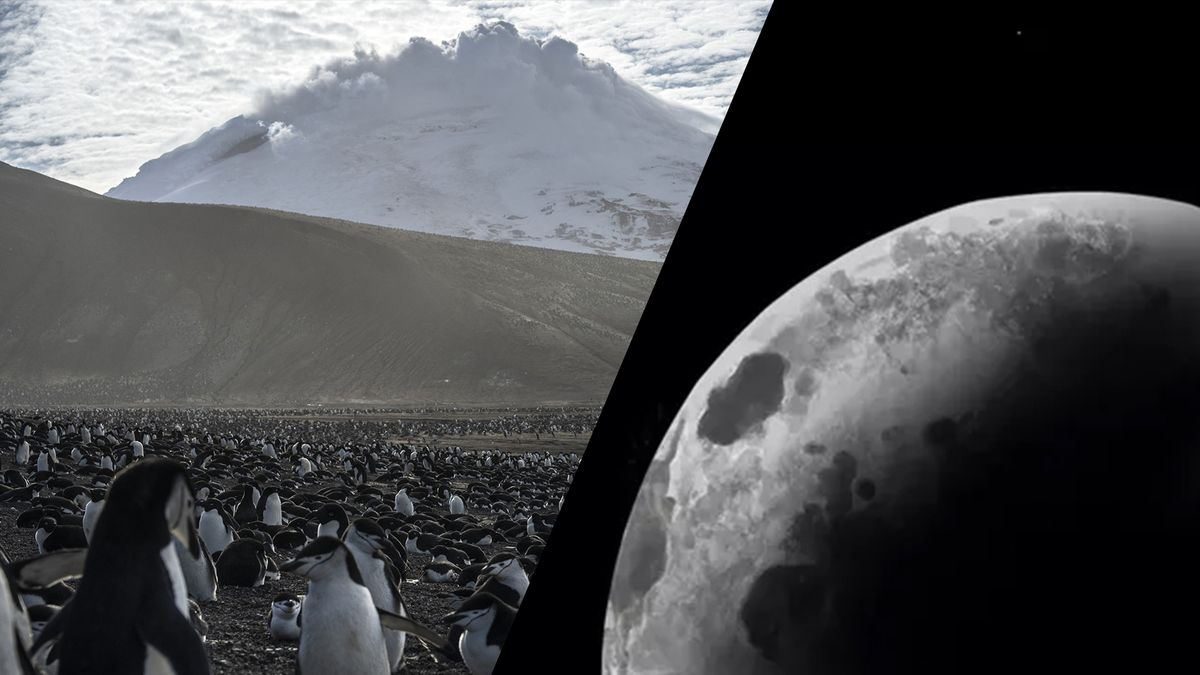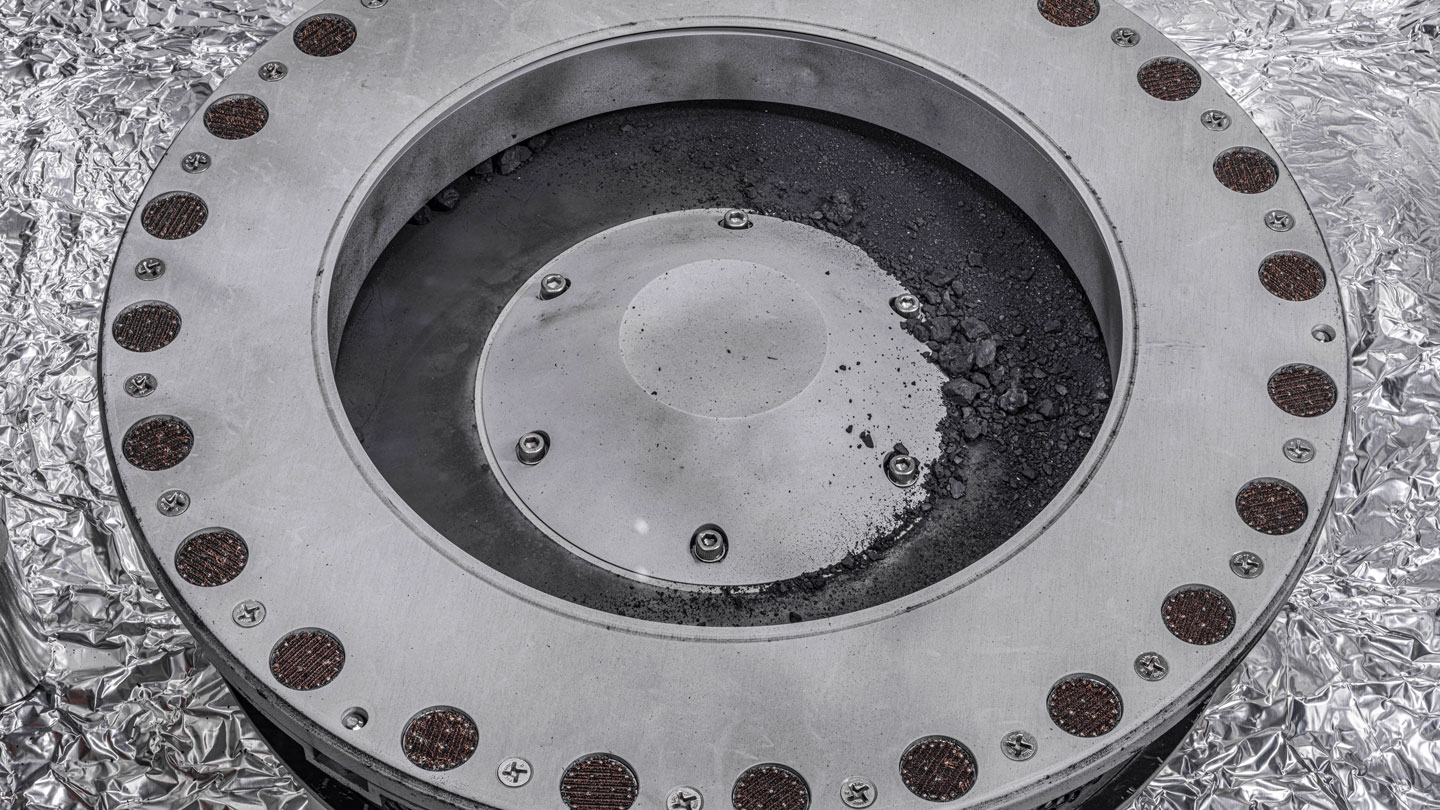News at a look: Darwin’s letters, antiracism in science, and guarding LGBTQ+ area scientists | Science

Table of Contents
Chile radio telescope array gains keener eyesight
ALMA, 1 of the world’s greatest radio telescope arrays, is obtaining hardware and software upgrades to allow it to obtain significantly more info and produce sharper visuals. Announced final 7 days, the hottest modernizations to ALMA—officially the Atacama Big Millimeter/submillimeter Array, which sits high in the Chilean Andes—will value $37 million and take 6 decades to finish. Personnel will update the details transmission from the dishes to a central processor. They will also swap the coronary heart of that processor, identified as the correlator, a supercomputer that combines the input from personal dishes into composite illustrations or photos. The new correlator’s speed will proficiently create 1000 much more hrs of observing time just about every yr. And in an further, earlier funded upgrade task now underway, ALMA is having new detectors delicate to radio waves from 1.1 millimeters to 1.4 millimeters wavelength on every single of its 66 dishes, enabling it to acquire a clearer look at of objects from the Photo voltaic Process and the far reaches of the universe.
Shielding LGBTQ+ scientists
Study mentors and institutions need to get precautions to safeguard LGBTQ+ ecologists from discrimination, sexual harassment, and violence when they do fieldwork in isolated places, a doing the job team states in a modern paper. The analysis, published past month in the Journal of Used Ecology, describes LGBTQ+ researchers’ heightened threats and presents suggestions to limit them. Just one is to build area safety ideas that, for instance, outline inclusive housing and lavatory arrangements. A different is offering researchers with radios to assistance them remain in call with 1 an additional in scenario a risky circumstance occurs. In addition, research leaders really should be conscious regardless of whether researchers on a fieldwork workforce are out of the closet so that facts can be protected as essential, specifically in spots the place disclosure might be risky. A Science job interview with the study’s authors is readily available in this article.

Glance, there’s The usa.
- Chinese aeronautical scientist Wu Zhe
- in a state-media online video about a substantial-altitude airship he stated his workforce introduced in 2019. In the online video, explained in The New York Periods, he points to a purple line on a computer system screen tracing the airship’s route close to the U.S. southern border. Wu has served direct China’s efforts to create balloons for civilian and army checking. The 2019 flight was not greatly disclosed until eventually the United States shot down a Chinese balloon off the South Carolina coast on 4 February.
Darwin’s letters go on line
For 50 many years, the Darwin Correspondence Task gathered, curated, and digitized a lot more than 15,000 letters in between the father of evolutionary biology and about 2000 correspondents. The undertaking formally finished very last month, and previous week the 30th and closing volume of The Correspondence of Charles Darwin rolled off the presses. The fruits of the project’s labor will reside on line, freely accessible by the Cambridge Electronic Library. In addition to delivering a peek into Darwin’s individual existence, the letters illuminate the extensive network of men and women who formed, expanded, and critiqued the 19th century zoologist’s tips. Accumulating all the letters from dozens of repositories—and deciphering their handwriting—was a enormous activity, says James Secord, a science historian emeritus at the College of Cambridge who directed the effort and hard work due to the fact 2006. He states the mixture of significant scientific discussions and own particulars, some quirky, created him and his group “feel like you have been residing with another person most of your doing the job existence.” An show showcasing the challenge commences on 4 May at the New York General public Library.
U.S. fraud device receives new chief
The U.S. Office environment of Exploration Integrity (ORI), which handles scientific fraud involving federally funded biomedical investigation, will quickly have its very first long term leader in virtually 2 decades. Sheila Garrity, an legal professional with master’s degrees in public wellness and company, will get the helm in late March. Garrity has 18 many years of expertise main investigation integrity initiatives at Johns Hopkins University and George Washington University. ORI oversees investigations of fabrication, falsification, and plagiarism and endorses sanctions, this sort of as short-term funding bans for offenders. The business office has generally long gone long stretches with no a permanent director its previous a person, Elisabeth Handley, served significantly less than 2 a long time ahead of assuming a further federal posture in June 2021. ORI just lately commenced to overview the Office of Health and Human Services’s 18-calendar year-outdated scientific misconduct polices and ORI’s assessment process, which some observers imagine is sluggish and inefficient.
Centipede utilizes warmth to ‘see’

Chinese crimson-headed centipedes, which are sightless, use an strange thermal sensor to detect daylight, a analyze has discovered. The adaptation lets the venomous arthropod, Scolopendra subspinipes mutilans, to shelter in dark places beneath forest leaves, lurking for prey and keeping away from predators. The species is between the first arthropods determined as possessing this means, despite the fact that scientists have individually found out it in some sightless species of fish and shrimp. A study workforce verified the trait in the centipedes, which lack light-sensing proteins, by masking their antennae in foil. This minimized their ability to go from brilliant to darkish experimental chambers. The scientists also identified the thermal receptor protein BRTNaC1 in their antennae, which the group concluded aids the animal detect the warmth of daylight, they report this 7 days in the Proceedings of the National Academy of Sciences.
Academies seek antiracist motion
To advance range and inclusion in just the scientific neighborhood, leaders should dismantle the electric power structures that lead to racial inequities, a U.S. countrywide science academies panel reported this week. Its report points to “institutional cultures that, deliberately or normally, make exclusionary and discriminatory environments” and challenges 12 suggestions. Just one urges determination-makers to glance for styles of bias in info on graduate admissions, selecting, advertising, and awards. Other recommendations incorporate conducting normal culture audits and drawing classes from minority-serving establishments about “providing intentional and culturally responsive … help.” The report, Advancing Antiracism, Diversity, Fairness, and Inclusion in STEMM Companies, was issued by the Nationwide Academies of Sciences, Engineering, and Drugs.
Journal rejects retraction
The Proceedings of the Royal Society B: Organic Sciences will not retract a 2016 paper on anemone fish behavior even though a lengthy college investigation found its knowledge ended up fabricated. The paper, authored by maritime ecologists Danielle Dixson of the University of Delaware (UD) and Anna Scott of Southern Cross University in Australia, is just one of three scientific studies that UD last 12 months questioned journal editors to retract soon after an impartial investigation. Science retracted a paper in August 2022 as a end result. But Proceedings B explained in a 1 February editor’s be aware that its personal investigation did not turn up ample evidence of fraud, in aspect mainly because a correction by the authors solved a significant discrepancy in the study’s timeline. Fish physiologist Timothy Clark of Deakin College, a person of the whistleblowers in the scenario, phone calls the journal’s choice “infuriating.” Dixson and Scott did not answer to requests for remark. UD’s website still lists Dixson as a college member a UD spokesperson did not reply Science’s questions about the situation.
Japan’s science council under fireplace
Science teams in Japan are lining up against a likely authorities go to remake the Science Council of Japan (SCJ), the country’s science academy, arguing the modifications would weaken the council’s independence. Additional than 5 dozen academic societies, as effectively as SCJ by itself, have raised issues that the federal government will quickly question the Diet plan to approve legislation providing government officers better control in excess of who serves on SCJ’s governing board, options customarily produced by council members. In 2020, nonetheless, then–Prime Minister Yoshihide Suga sparked controversy by blocking the appointment of six of 105 nominees, and late very last year the current authorities advised that a vaguely outlined outside panel enable pick nominees. SCJ has requested the authorities to reconsider that strategy, declaring it would set the council “under political and administrative regulate or pressure.” Observers say the authorities has objected to numerous of SCJ’s reports, which include just one urging universities to be careful in accepting funding for analysis on dual-use, civilian-navy know-how.






